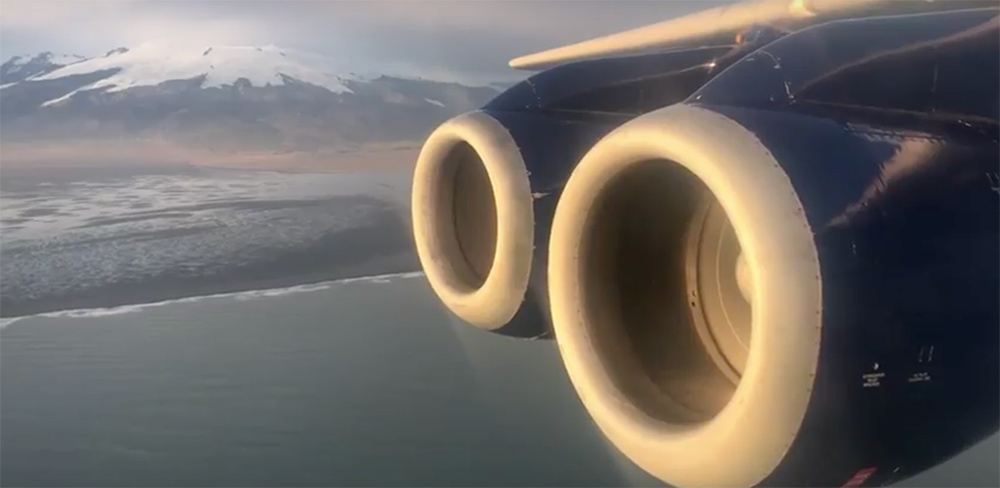
Researchers from NCAS and the Natural Environment Research Council have recently returned from a mission to monitor gases in the skies above Iceland’s active volcanoes. Scientists were on board the UK’s unique flying laboratory looking for signals that may warn of an eruption.
On test flights last year, UK scientists saw peaks in warning gases – including carbon dioxide and sulphur dioxide – over the potentially most active volcanoes. The most recent research is designed to collect information that will help volcanologists to work out if an eruption is on its way.
In 2010, a volcanic eruption (Eyjafjallajoekull) in Iceland grounded flights over most of Europe when it released an ash plume too dense for aircraft to fly through safely. This resulted in massive disruption to flights and economic losses. There are a number of larger volcanoes in Iceland, and when they erupt they are likely to have considerable effects across western Europe and beyond. One is Katla, which last erupted in 1918 and is widely considered to be overdue for an eruption.
However, predicting future eruptions is challenging. The work done by our airborne laboratory and team of scientists will provide crucial information to support plans to avert aviation chaos, like that caused by the 2010 eruption of Eyjafjallajoekull. Discover more about why we’re watching Iceland’s volcanoes.
